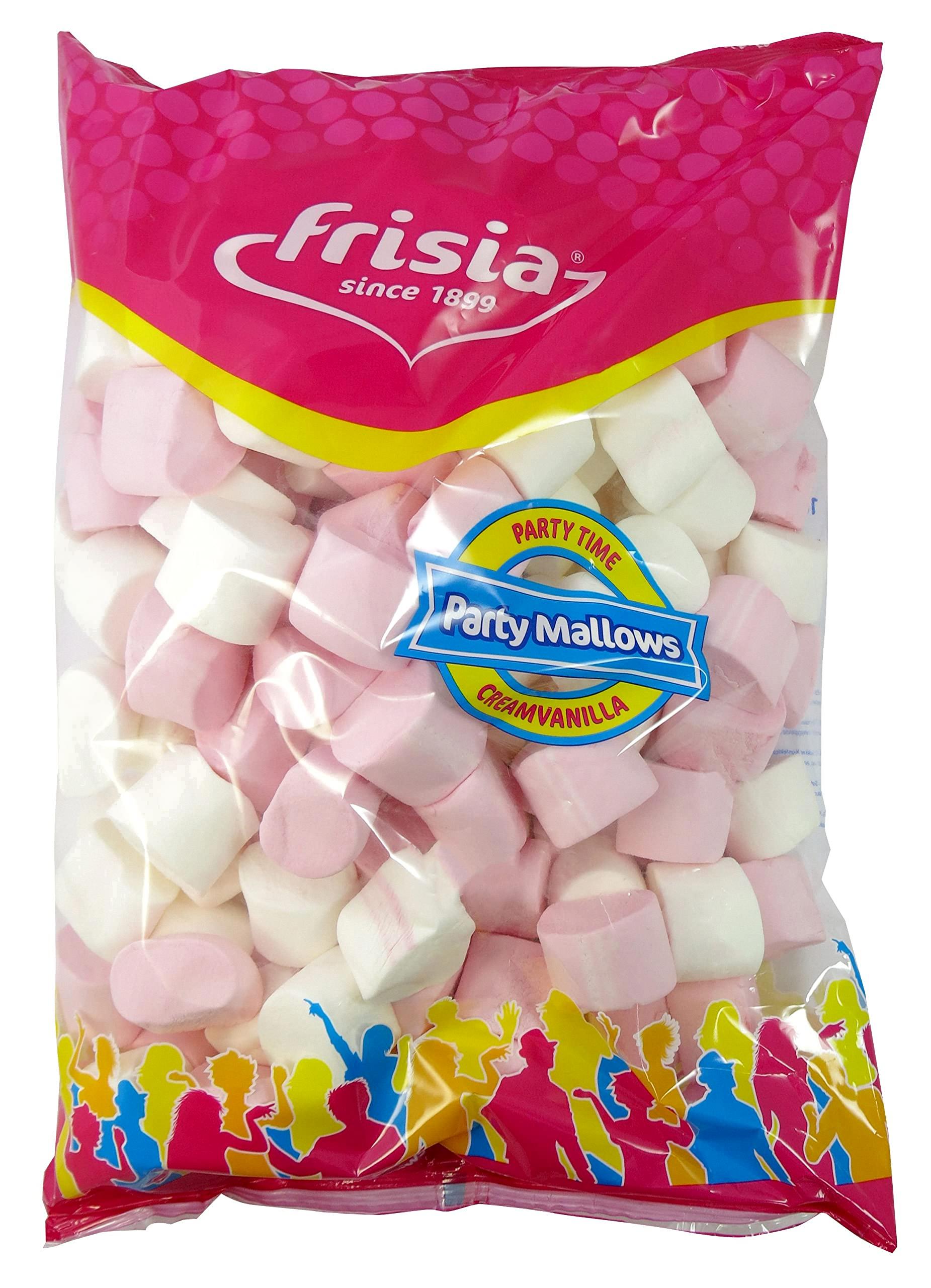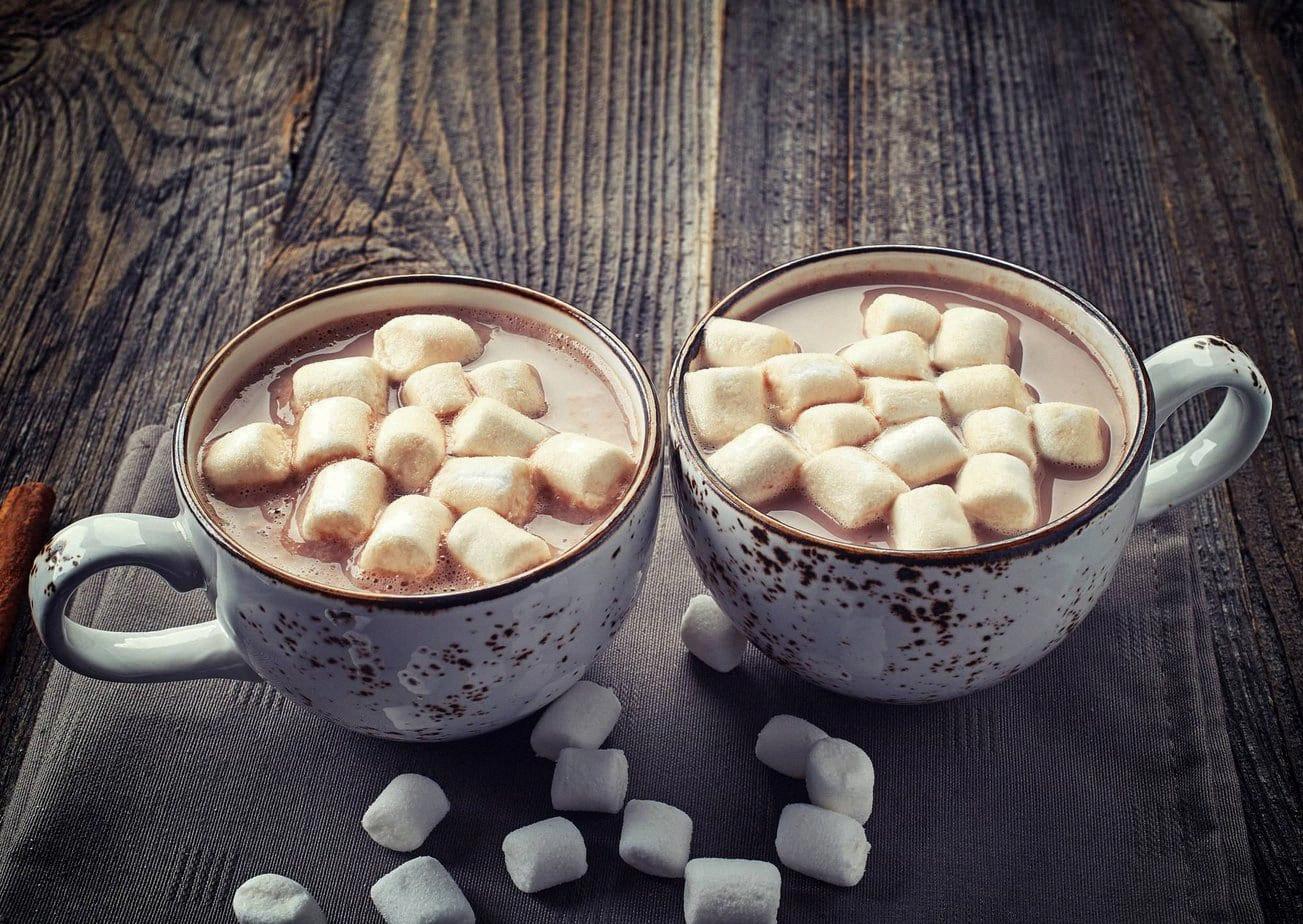Marshmallows are a beloved treat for many people, perfect for toasting over a campfire or adding to a cup of hot cocoa. But what happens when your marshmallows have been sitting in your pantry for a while? Do marshmallows go bad?
Firstly, it’s important to understand what marshmallows are made of. They are primarily made of sugar, corn syrup, gelatin, and water. With such a high sugar content, marshmallows are not prone to spoilage in the same way that perishable foods like meat or dairy products are.
However, marshmallows do have a shelf life. Marshmallows will start to lose their quality after a certain amount of time. The texture and flavor will change, and they may become hard and difficult to chew.
So how long do marshmallows last? The answer depends on a few factors, such as the brand, storage conditions, and whether they are opened or unopened.
Unopened marshmallows can last for a surprisingly long time. Some brands claim that their marshmallows can last up to two years if stored properly. However, it’s important to note that this is only an estimate, and the marshmallows may start to lose quality before that.
Once you open a bag of marshmallows, the clock starts ticking. They will start to lose their quality much faster than unopened marshmallows. An opened bag of marshmallows will usualy last for a few weeks to a month before they start to become stale.
Storage conditions are also important when it comes to the shelf life of marshmallows. Marshmallows should be stored in a cool, dry place, away from direct sunlight and moisture. This means that storing them in a pantry or cupboard is ideal. If marshmallows are exposed to moisture, they can become sticky and clump together.
One thing that won’t happen to marshmallows is mold growth. Marshmallows are not a suitable environment for mold to grow. This is because they are made up of high amounts of sugar, which is not a hospitable environment for bacteria or mold.
Marshmallows do have a shelf life, but they are not likely to spoil in the same way that perishable foods do. Marshmallows will start to lose quality over time, and the texture and flavor will change. However, as long as they are stored properly, marshmallows can last for a surprisingly long time. So go ahead and enjoy that bag of marshmallows, just be aware of the quality and discard them once they start to become stale.
The Safety of Eating Expired Marshmallows
Marshmallows are a popular treat that can be used in a variety of recipes. However, like many food items, marshmallows come with an expiration date. So, is it OK to use expired marshmallows?
The answer is that it depends on a few factors. If your marshmallows have passed their expiration date but still look and feel normal, they are most likely safe to eat. Marshmallows are made with sugar, corn syrup, gelatin, and water, and they don’t usually contain any ingredients that spoil quickly. Therefore, if they haven’t been exposed to moisture or extreme temperatures, they should be fine to consume.
However, if your marshmallows have begun to show signs of spoilage, such as mold, a sour smell, or a slimy texture, it’s best to throw them away. Consuming spoiled marshmallows can lead to food poisoning, which can cause symptoms like nausea, vomiting, and diarrhea.
In summary, if your marshmallows don’t show any signs of spoilage and are wthin a reasonable time frame from their expiration date, they should be perfectly safe to use. However, if they have gone bad, it’s better to err on the side of caution and toss them out.

Source: amazon.com
Signs of Spoiled Marshmallows
Marshmallows don’t necessarily go bad in a way that makes them unsafe to consume, but they can lose their quality over time. One way to know when marshmallows have gone bad is to check their texture. If they have become hard, chewy, or tough, they have likely gone stale. Another way to tell if marshmallows have gone bad is to smell and taste them. If they have an off odor or flavor, it’s best to discard them. Additionally, if there is any visible mold growth on the marshmallows, they should be thrown away immediately. It’s important to note that marshmallows have a shelf life of about 6-8 months when stored in a cool, dry place, and once opened, they should be consumed wthin 2-3 weeks for the best quality.
Can Marshmallows Develop Mold?
Marshmallows, being almost entirely composed of sugar, do not have the necessary nutrients for mold to grow. As a result, it is highly unlikely for marshmallows to mold, even if they are left out for an extended period of time. However, if moisture gets into the packaging or the marshmallows are stored in a humid environment, they may become sticky or stale, which can affect their texture and flavor. Therefore, it is important to keep marshmallows in a dry and cool place to maintain their freshness and prevent any potential issues.
How Long Can Marshmallows Be Consumed After Their Best By Date?
Marshmallows have a Best By date printed on their packaging which is an estimation of how long they will retain their quality and freshness. It is important to note that this date is not an expiration date and marshmallows can be consumed beyond this date. However, the texture and flavor of marshmallows will deteriorate over time and they may beome hard, sticky, or develop an off-flavor.
Typically, marshmallows are good for consumption for about 6 to 8 months beyond their Best By date. After this period, they may not be safe to eat and should be discarded. It is important to store marshmallows in a cool, dry place and keep them away from moisture to extend their shelf life.
If you notice any changes in the texture or appearance of marshmallows such as mold growth, discoloration, or an off-smell, it is best to discard them immediately. In conclusion, while marshmallows can be consumed beyond their Best By date, the quality and freshness deteriorate over time, and it is best to consume them within the recommended timeline.
Can Marshmallows Melt When Stale?
Stale marshmallows, or those that have been sitting around for some time, will not melt as well as fresh ones. This is because as marshmallows age, their exterior becomes firm and they start to dry out, making them less pliable and less likely to melt evenly. When you try to melt stale marshmallows, they tend to become one giant blob instead of becoming soft and gooey like fresh marshmallows. Therefore, it is best to use fresh marshmallows if you want to ensure that they will melt properly and give you that perfect, gooey texture that we all love.

Source: beerandbrewing.com
Can Eating Marshmallows Lead to Food Poisoning?
Yes, it is possible to get food poisoning from marshmallows. Marshmallows are a type of confectionery that is made primarily from sugar, corn syrup, and gelatin. The gelatin used in marshmallows is derived from animal collagen, whch can potentially harbor harmful bacteria if not properly handled and processed. Additionally, marshmallows can be contaminated with bacteria during the manufacturing process or if they are stored improperly.
A case control study found a significant association between illness and the consumption of marshmallow confectionery from a bakery. This suggests that consuming marshmallows can increase the risk of foodborne illness. It is important to note that not all marshmallows are created equal, and some may be safer to consume than others. It is essential to follow proper food handling and storage practices to minimize the risk of food poisoning.
Can Expired Marshmallows Be Used for Rice Krispie Treats?
When it coms to using expired marshmallows for Rice Krispie Treats, it’s not recommended. This is because as marshmallows age, they tend to become stale and dry, which means they lose moisture. As a result, the marshmallows don’t melt properly and instead of turning into a smooth and creamy mixture, they congeal into a thick mass. This can make it difficult to mix the marshmallows and cereal together, and it can also affect the texture and taste of the final product. Therefore, it’s best to use fresh marshmallows for Rice Krispie Treats to ensure that they melt properly and create a delicious and satisfying snack.
Reviving Old Marshmallows
If you have old, stale or hard marshmallows that you want to revive, the best way to soften them is to use a hot water bath. The first step is to transfer your marshmallows into an airtight freezer bag to prevent moisture from getting in. Then, fill a bowl with warm water and submerge the bag of marshmallows, holding them under the water so they don’t float. Leave them in the water for approximately a minute, allowing the warmth to soften the marshmallows. After a minute, remove the bag of marshmallows from the water and let them sit for a few minutes to cool down before opening the bag. Your marshmallows shold now be soft and pliable, and ready to use in your favorite recipe or for roasting over a campfire.
The Mystery of the White Powder on Marshmallows
The white powder on marshmallows is actually cornstarch or a mixture of cornstarch and powdered sugar. This powdery coating helps prevent the marshmallows from sticking together and also makes them easier to handle. During the manufacturing process, marshmallows are typically dusted with a cornstarch mixture to prevent them from sticking to one another. This coating also helps to keep the marshmallows fresh and prevents them from becoming sticky or gooey. While some marshmallows may also contain a small amount of gelatin, the white powder on the outside of the marshmallow is primarily made up of cornstarch.

Source: roastycoffee.com
Storing Marshmallows for Long-Term Use
Yes, you can store marshmallows long term, but it depends on whether the bag has been opened or not. An unopened bag of marshmallows can be stored in the freezer for up to six months. However, an opened bag of marshmallows should be stored differently. You can store opened marshmallows for a few days in the pantry, about a week in the refrigerator, and up to four months in the freezer. It’s important to note that storing marshmallows in a cool, dry place is essential to keep them fresh and prevent them from beoming stale or hard. Additionally, storing marshmallows in an airtight container or resealable bag can help prolong their shelf life.
What Ingredients Are Used to Make Marshmallows?
Marshmallows are primarily made out of a combination of sugar, corn syrup, and gelatin along with some air. The foam-like texture of marshmallows is created by suspending air in a liquid sugar mixture that is then stabilized by adding gelatin. This process helps the marshmallow maintain its shape and texture. Essentially, marshmallows are a type of foam stabilized by gelatin. Other flavors and ingredients can be added to marshmallows, but the base ingredients are generally the same across all varieties.
Conclusion
In conclusion, marshmallows do not easily go bad in the sense that they becoe unsafe to eat. However, they do have a limited shelf life and can lose their quality over time. If your marshmallows show no signs of spoilage, such as mold or an off smell or taste, then they should be perfectly safe to eat, even after the expiration date. The worst-case scenario is that the taste might be slightly worse than what you’re accustomed to. It’s essential to keep marshmallows dry and stored in an airtight container to prevent moisture from ruining them. In summary, marshmallows are a delicious treat that, with proper storage, can last for quite some time without going bad.
